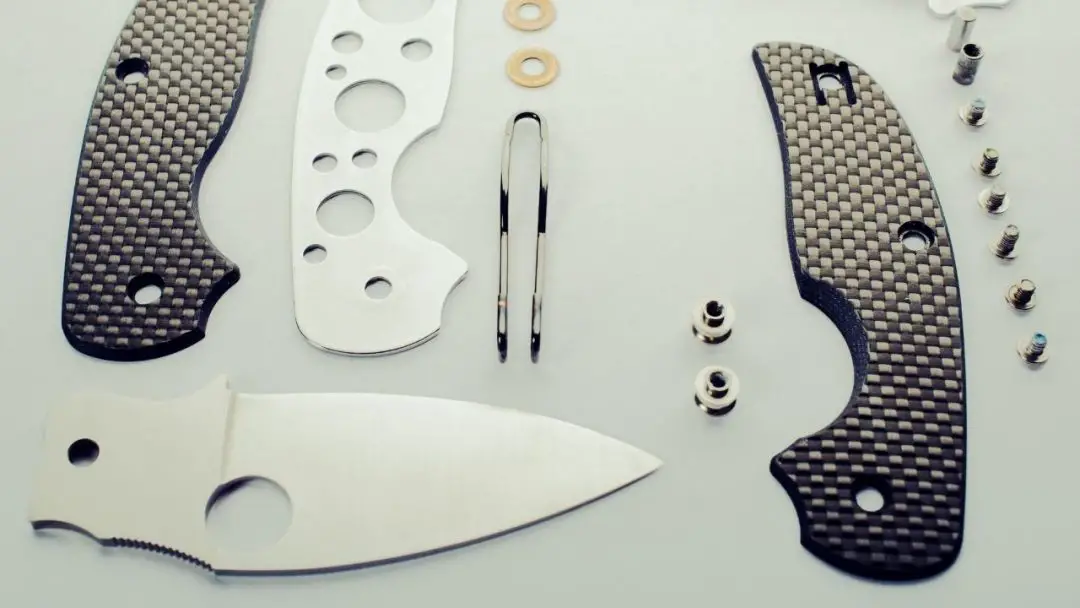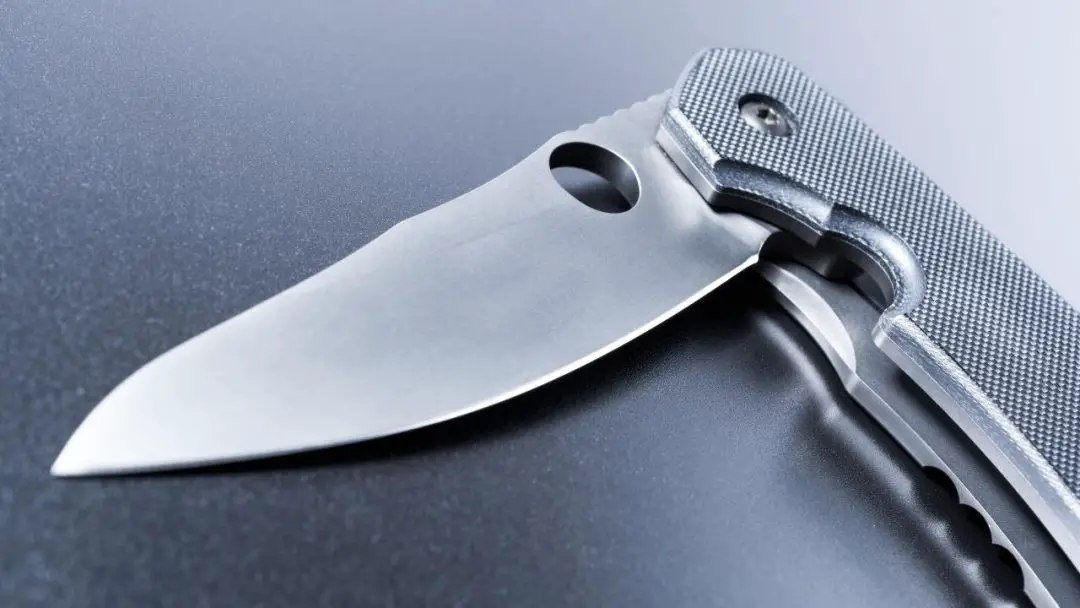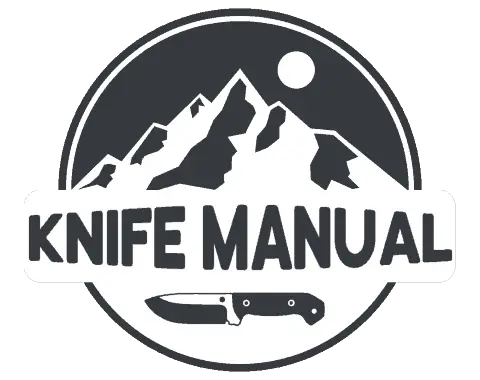
Pocket knives are very useful tools to have around and carry with you, but once you use one for a while it is bound to break or have some problems eventually. One of the most common problems that pocket knives have is when their blade just won’t close all the way. This has happened to me numerous times, so here’s how to fix it.
The first thing to do when fixing a pocket knife that won’t close is to identify the problem. Once the issue has been found, you often want to take the knife apart to better fix it. The knife could have trouble closing due to debris, rust, a manufacturing defect, or a variety of other hindrances.
Fixing a pocket knife that won’t close might seem sort of daunting and difficult to someone who has never done it before, but it is quite simple. Just take it one step at a time and think through everything you are doing so you don’t end up harming your knife and making it worse.
So let’s just jump right into it and start discussing how to fix a pocket knife that just can’t seem to close all the way or properly. Below I will go into detail regarding the different steps you should take to assess and fix your knife.
Table of Contents
Assess the Knife and Try to Identify Why It Won’t Close
Before we can begin to fix the issue that is causing your pocket knife to not open and close properly, we must first find the issue that is causing this.
There is no surefire way to find the issue in your knife, so the best thing to do is take a really good look at it and try to find when in the arc or opening/closing it seems to catch or won’t go any further. Move the blade back and forth until you find the troubling part. Be very gentle with your knife because you don’t want to make it worse than it already is.
Once you have an idea of where in the blade seems to stop going any further when you try to close it, take a look at the pivot joint of the knife. For those unfamiliar, the pivot joint of a pocket knife is the hinge that connects the blade to the handle and allows the knife to fold.
If there seems to be nothing wrong with the pivot joint of the pocket knife, look at the blade pocket where the blade folds into the handle. There might be some sort of material buildup or debris in the pocket that is not allowing your knife to fold properly.
If, after you have looked over the entire knife including the blade pocket and pivot joint you can’t seem to find anything that could be causing the issue, it might be time to disassemble the knife and thoroughly clean it. Taking apart a knife is a very delicate process that you should do very slowly and carefully.
If you decide to take your pocket knife apart to try to find the issue, make sure to label and keep the parts organized and safe so you can properly reassemble the knife. You might want to video yourself taking the knife apart just in case you need to look back at the video to know how it goes back together.
How to Fix Some of the Common Problems that Prevent Knives from Closing
The most important thing is to find the issue that is causing your pocket knife to not close, but once you have done that, it is time to solve the issue.
Just like most tools, when knives break they could have done so for a variety of reasons, so it is nearly impossible for me to list all of the possible solutions for fixing every knife in every situation. But below are some of the most common problems that stop knives from closing properly that will help the vast majority of knife owners out there.
A Piece of Debris is Stopping the Blade from Closing
This is by far the most common problem that stops pocket knives from closing properly, and luckily, it is one of the easiest to fix.
If there is a piece of debris, material buildup, or really anything in the blade pocket where the blade folds into the handle, it will stop the knife from closing all of the way. You can usually see the material that is blocking the blade by peering down into the blade pocket, or you might discover it if you disassemble your knife.

To remove the blocking piece of material from the blade pocket, another knife blade or a piece of wire usually works best. Really, anything that is thin enough to reach into the blade pocket and will not snap will do just fine.
Just take whatever tool you choose and begin to try to dislodge the material. If the material is free or loose, you can try using a blowdryer or shaking the knife upside down to remove it from the blade pocket.
Once the material is removed from the knife, make sure there is no more of it lodged in the pivot joint of the knife and then slowly try to close the knife. If the knife closes, you are all set! However, if the problem persists you might need to continue looking for the issue that is stopping your knife from closing. Make sure to examine your knife very carefully or disassembling might be another viable option.
The Pivot Joint is Rusty and Preventing the Blade from Closing
If you have left your knife in a moist environment or it has built up over time, there is the possibility of rust forming on the pivot joint of your knife.
Rust forms on a knife for a variety of different reasons and it really depends on the makeup of the knife, the environment that the knife is exposed to, and a bunch of other factors. To learn more about why rust forms on your knife, you can check out my article on the subject here.
If you have identified this as a problem, there are really two ways you could go about fixing it. The first way is to try to remove the rust without disassembling the knife, or you could completely take apart your knife to clean off the rust.
Taking your knife completely apart to clean it and remove the rust will definitely make it cleaner and will deter rust from forming again sooner, but it’s really up to you which method you choose. If, however, you try to remove the rust without disassembling your knife and it doesn’t fix the problem, you might want to try taking your knife apart to get down to the root of the issue.
Removing rust from your knife pivot joint might seem like a laborious and difficult task, but it really isn’t that hard once you know what you’re doing. Make sure to check out this article where I explain in detail how to remove rust from your knife.
A Broken Pivot Joint that is Causing the Blade Not to Close Properly
Sometimes the pivot joint of a pocket knife simply gives out and breaks. Whether from knife abuse or just regular wear and tear, it does happen actually quite often. If you figure out that this is your problem, don’t beat yourself up over it and consider your options.
When a broken pivot joint is causing your knife blade to not close properly, there are three general options that you have. Throw away or donate the knife, check your knife warranty covers the damage, or try to fix the broken piece.
For most people, fixing the pivot joint is far beyond their skill level, so unless you are a knife smith or experienced in this type of work, this is probably not really an option. However, if your knife is really expensive or has some sentimental value you could find a knife smith who could fix the pivot joint for you.
Throwing away (if the knife is in REALLY bad shape) or donating (if the knife is still usable and nice) is a pretty good option if you just want to replace your broken knife with a new one. This is usually best if the knife that is having trouble closing is on the cheaper side of things and not really nice and expensive.
Another good thing to do before fixing it on your own or tossing your knife is to check and make sure the damage isn’t covered under your knife warranty. Not all knives have warranties, but many of the major brands have some sort of warranty or policy regarding these types of things. You can check out my article on some of the best knife warranties and policies out there here.
Other Issues that Could Be Preventing the Blade from Closing
There are innumerable issues that could prevent a knife from closing. The best and only way to figure out your so that you can fix it is to closely observe it and try to pinpoint the problem.
Once you have identified the problem, it is a simple challenge of coming up with the best solution.
The internet is a great place to find out how to fix your knife’s problem if I did not already cover it. Some knives are also more prone to certain issues so make sure to do your research on your knife.
For some slip joint knives that are having trouble closing, grinding down the kick a little bit often helps it close properly. Just make sure to do it slowly and carefully so you don’t harm your pocket knife any further.
Here are some of my favorite pocket knives of all time that I use very often (never had a problem with any of them not closing properly):

